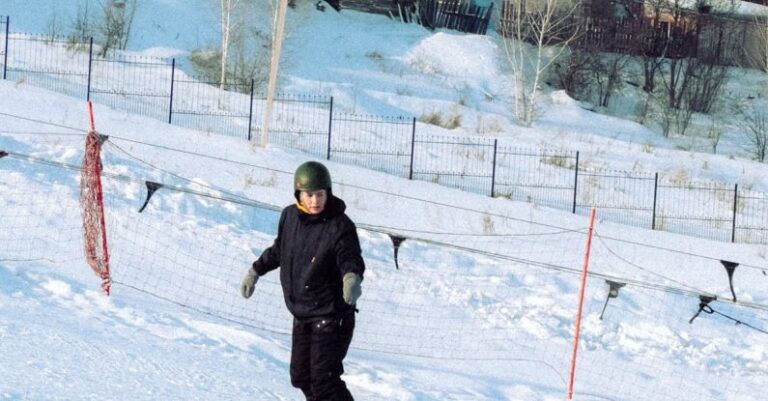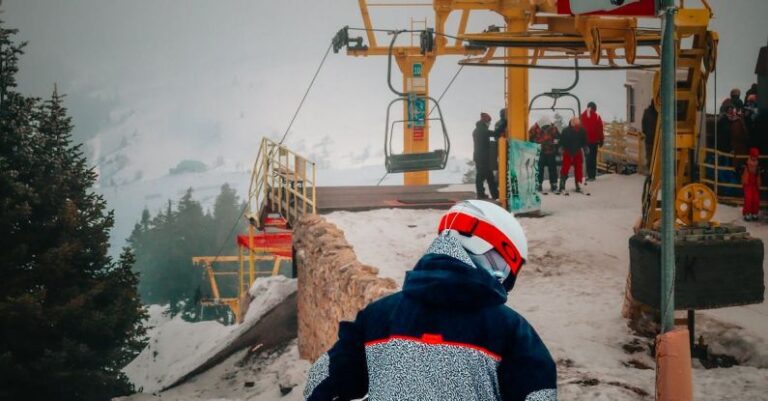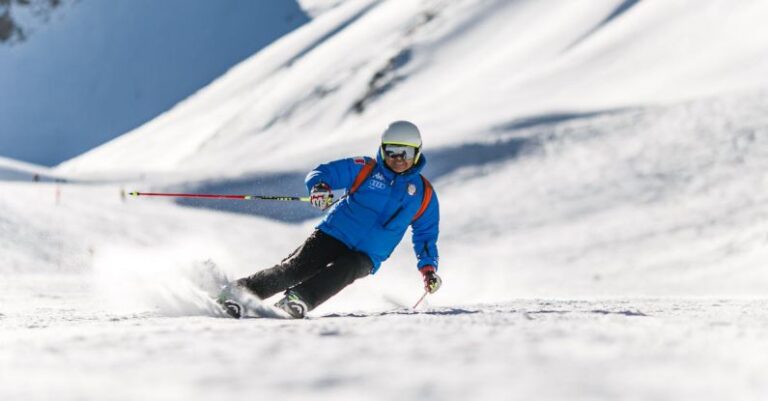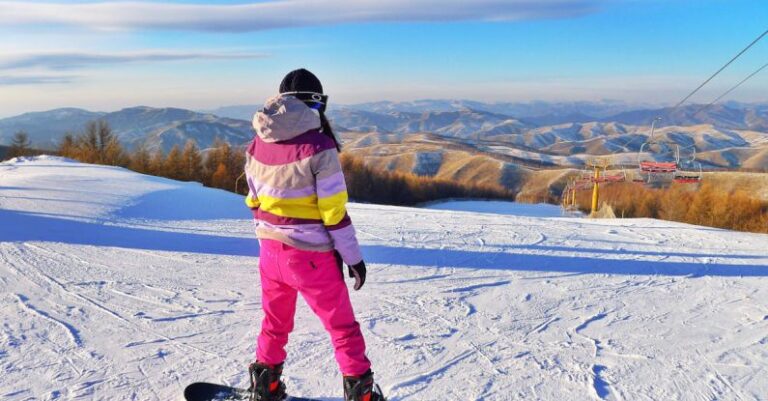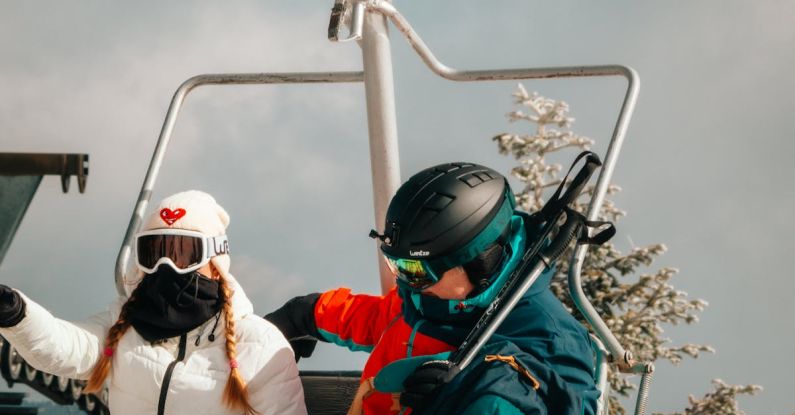
Transitioning from Intermediate to Advanced Skiing
Whether you’ve been cruising down the slopes for a few seasons or have recently mastered the basics of skiing, you may find yourself wondering how to take your skills to the next level. Transitioning from intermediate to advanced skiing requires dedication, practice, and a willingness to push past your comfort zone. By incorporating new techniques and strategies into your skiing repertoire, you can elevate your performance and tackle more challenging terrain with confidence.
Setting Clear Goals
The first step in transitioning from intermediate to advanced skiing is setting clear and achievable goals for yourself. Take some time to assess your current skill level and identify areas where you would like to improve. Whether it’s mastering parallel turns, tackling steeper slopes, or perfecting your carving technique, having specific goals in mind will give you a sense of direction and motivation to progress.
Invest in Professional Instruction
While self-learning can be effective to a certain extent, investing in professional instruction is key to accelerating your progress on the slopes. Enroll in advanced ski lessons or clinics led by experienced instructors who can provide personalized feedback and guidance. By working with a professional, you can fine-tune your technique, learn advanced maneuvers, and gain valuable insights that will help you overcome any barriers to improvement.
Master Advanced Techniques
To transition from intermediate to advanced skiing, mastering advanced techniques is essential. Focus on refining your carving skills, mastering short turns, and improving your ability to navigate moguls and varied terrain. Experiment with different turn shapes and practice dynamic movements to develop a more versatile skiing style. Incorporating these advanced techniques into your skiing will not only enhance your performance but also increase your confidence when faced with challenging conditions.
Build Strength and Endurance
Advanced skiing requires a high level of physical fitness, strength, and endurance. To prepare your body for the demands of advanced terrain, incorporate strength training exercises that target your legs, core, and balance. Building strength in these areas will improve your stability, control, and agility on the slopes. Additionally, cardiovascular exercises such as running, cycling, or hiking can help boost your overall endurance, allowing you to ski longer and more efficiently.
Push Your Limits
Transitioning from intermediate to advanced skiing involves pushing past your comfort zone and taking on new challenges. Don’t be afraid to tackle steeper slopes, venture off-piste, or try new skiing styles such as powder skiing or freestyle. Embrace the opportunity to expand your skills and push your limits, even if it means experiencing some falls along the way. Remember that growth often comes from overcoming obstacles and learning from your mistakes.
Visualize Success
Visualization is a powerful tool that can help you improve your skiing performance and build confidence on the slopes. Before heading down a challenging run, take a moment to visualize yourself skiing smoothly, confidently, and flawlessly. By mentally rehearsing your movements and focusing on positive outcomes, you can enhance your muscle memory, reduce anxiety, and improve your overall skiing performance.
Seek Feedback and Adapt
Feedback is crucial for continuous improvement in skiing. Seek feedback from instructors, fellow skiers, or even record yourself skiing to identify areas for improvement. Be open to constructive criticism and be willing to adapt your technique and approach based on feedback. By continuously seeking ways to refine your skills and adapt to new challenges, you can progress from intermediate to advanced skiing more effectively.
Embrace the Journey
Transitioning from intermediate to advanced skiing is a challenging but rewarding journey that requires dedication, perseverance, and a willingness to step outside your comfort zone. Embrace the process of growth and improvement, celebrate your successes, and learn from setbacks along the way. By approaching skiing with a growth mindset and a passion for learning, you can elevate your skills, conquer new terrain, and experience the thrill of advanced skiing to its fullest potential.
Incorporate these strategies into your skiing routine, stay focused on your goals, and remember that progress takes time and effort. With dedication, practice, and a positive attitude, you can successfully transition from intermediate to advanced skiing and enjoy the exhilarating experience of tackling the most challenging slopes with confidence and skill.
